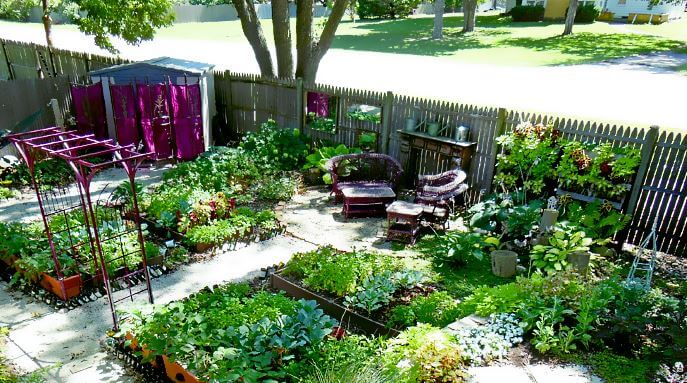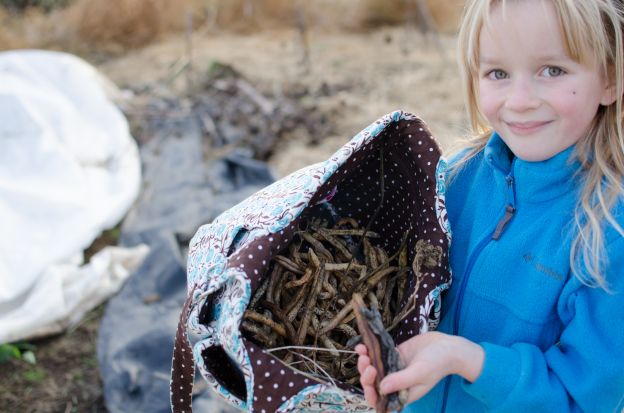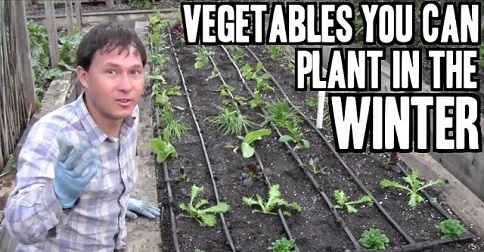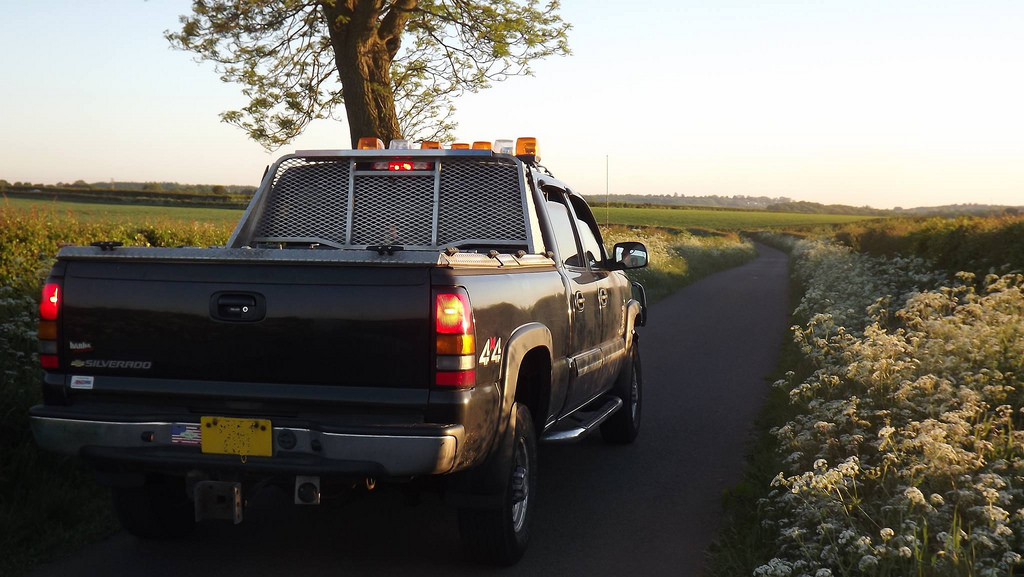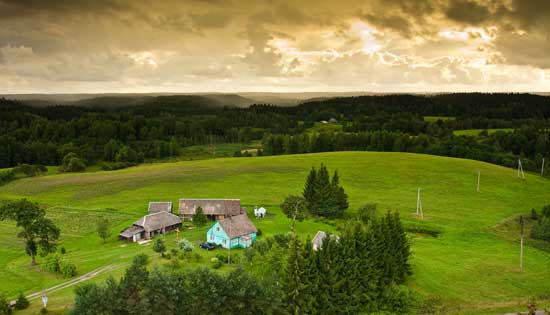DIY Mason Jar Beehive
Just when you think you’ve seen it all! I am slightly freaking out right now because this is just about the coolest thing I have seen in a VERY long time. You can, in fact, make a beehive using mason jars as the hives, and the bees will produce honey right in your jars! How … Read more



